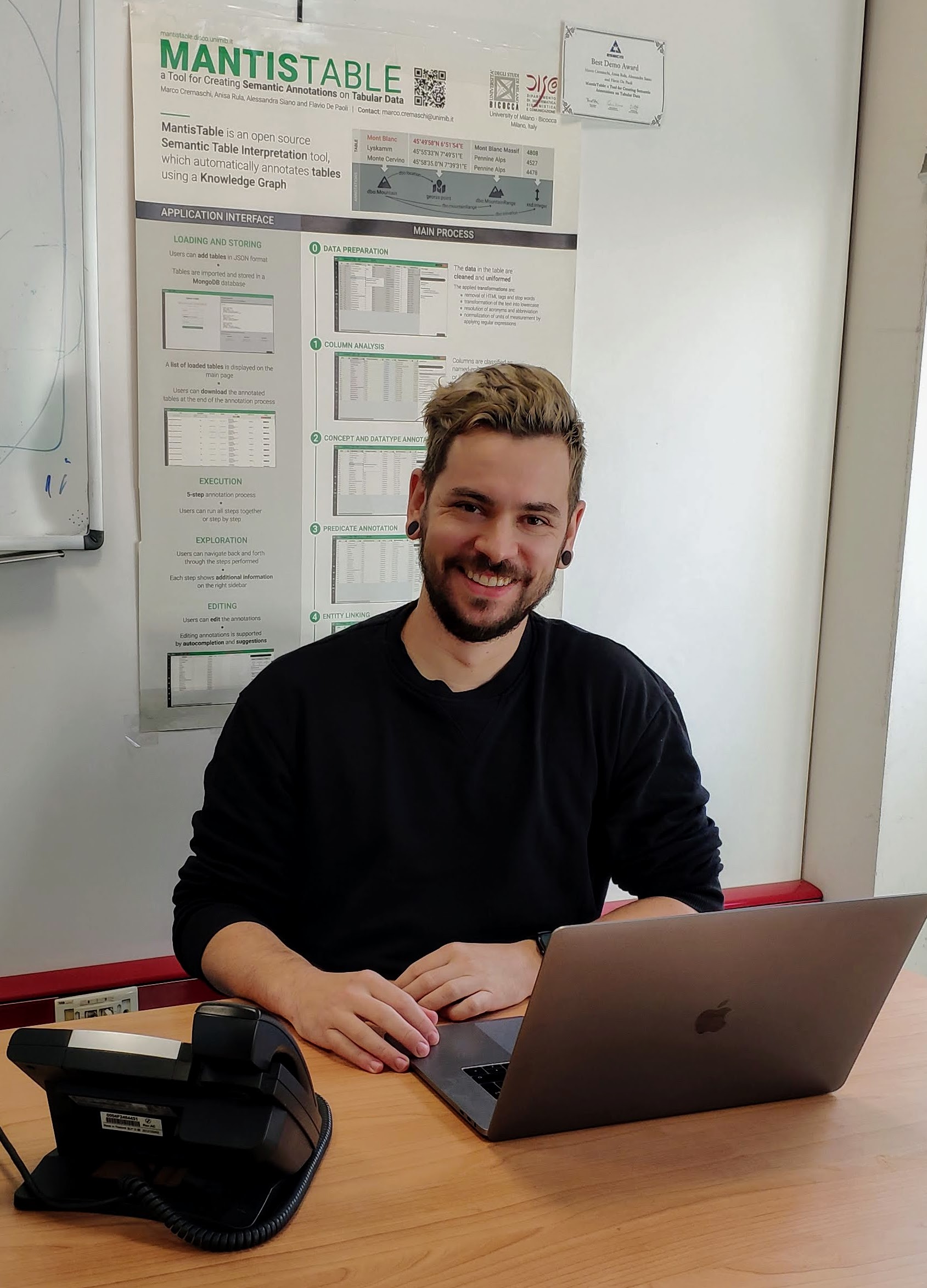
TUTSTI @ ISWC2024
The tutorial TUTSTI introduces the topic of Semantic Table Interpretation (STI), covering theoretical and practical considerations. In particular, the tutorial will provide a comprehensive analysis of how the approaches to STI have evolved from heuristic-based to ML-based, to the most recent LLM-based approaches. The analysis will consider the specific characteristics of these different classes, providing insights into their respective advantages and limitations to identify the contexts of use. The final part will describe a case study to demonstrate the application of two state-of-the-art approaches. A comprehensive survey of all STI approaches developed up to October 2024 is available here.
Objectives
Semantic Table Interpretation: from Heuristic to LLM-based approaches
The tutorial will be a half-day tutorial and will be split into two slots:
Slot 1: where we discuss the main concepts and review SOTA (L1, L2, L3 and L5);
Slot 2: where we present two SOTA approach and use it in a hands-on session, by walking the audience through a use case (L4)
- 50 minutes
Semantic Table Interpretation
Topics: Definitions; Tasks; Objectives, SemTab Challenge; (slides)
- 50 minutes
State-of-the-art
Topics: Key Challenges, SOTA; (slides)
- 30 minutes
Break
- 60 minutes
Impact of (L)LMs on STI
Topics: From heuristic approaches to generalistic table interpretation and manipulation approaches; (slides)
- 40 minutes
Hands-on session
Intended audience
The tutorial type falls into the category of an introductory tutorial within a specific domain, catering to an intermediate level of proficiency. Intended attendees are:
i) researchers with expertise in semantic technologies, and, in particular in their application to data integration problems (e.g., ontology matching, semantic reconciliation, table annotation), who will discover new industry-driven, real-world application scenarios
ii) young researchers that recently joined the semantic web community (e.g., PhD students and postdocs), who will be exposed to challenging problems and possible solutions; iii) data scientists and data engineers, who will learn how semantic technologies can be exploited to support data-driven innovation
iii) data scientists and data engineers, who will learn how semantic technologies can be exploited to support data-driven innovation
Presenters



